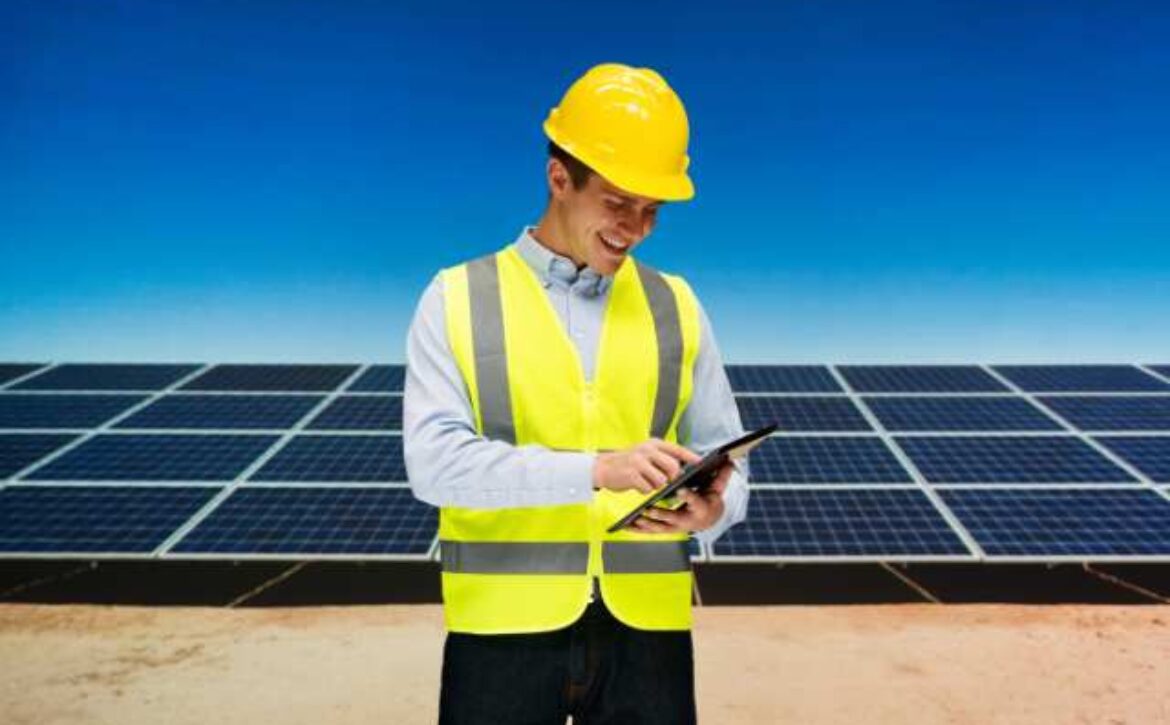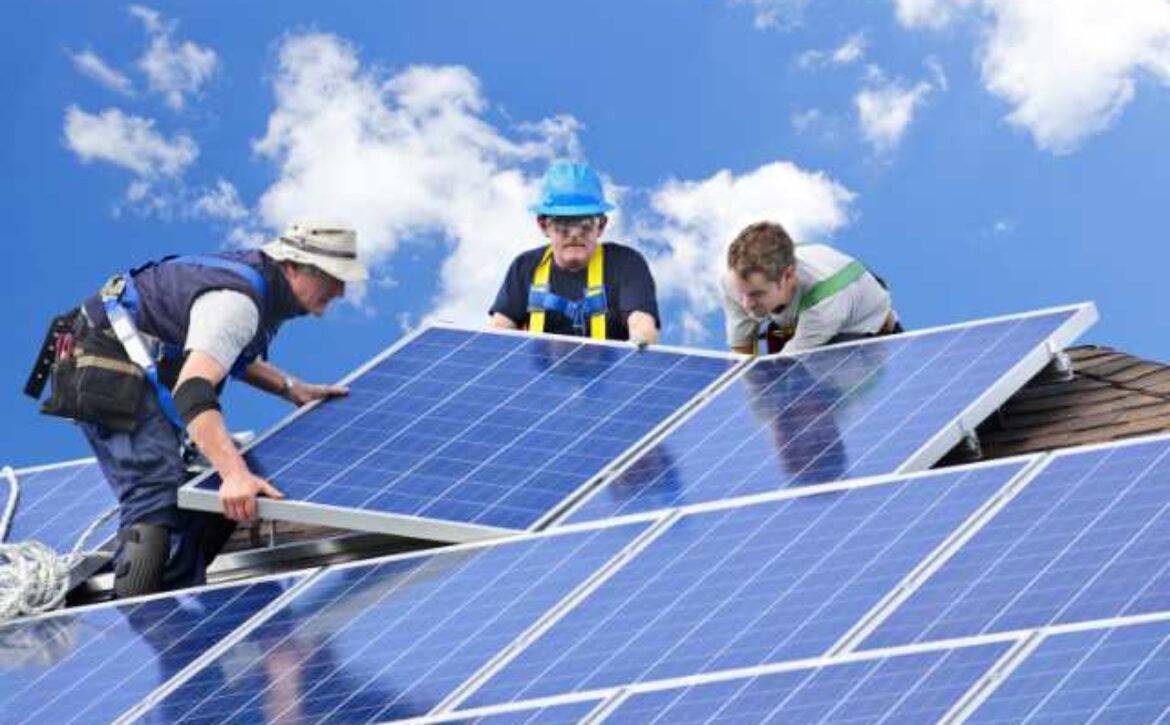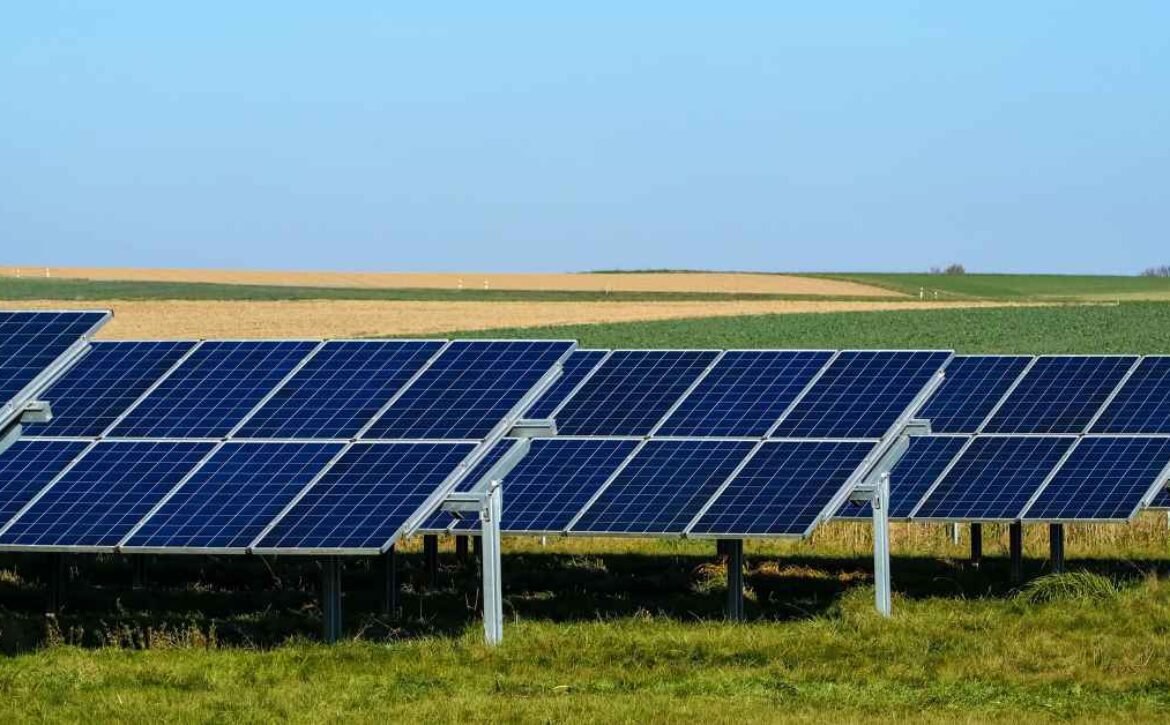Collaboration for Resilience: Key to Microgrid Deployment Success
Collaboration and partnerships play a pivotal role in the successful deployment of microgrids. Firstly, the complexity of microgrid projects requires expertise from various domains such as renewable energy, energy management systems, and grid optimization. Collaborating with different stakeholders brings together diverse skill sets, knowledge, and resources, fostering innovation and ensuring comprehensive solutions. Additionally, partnerships with utilities and policymakers are crucial to navigating regulatory frameworks, securing funding, and gaining access to existing infrastructure.
Furthermore, collaboration with local communities and end-users fosters engagement, trust, and support for microgrid projects. By involving key stakeholders throughout the process, from planning to implementation and beyond, microgrid deployments can benefit from shared expertise, efficient resource allocation, reduced costs, and increased scalability. Overlooking the importance of collaboration and partnerships can hinder the successful deployment of microgrids, limiting their potential to drive sustainable energy transitions.
Collaboration and partnerships play a pivotal role in driving the growth of microgrid deployment. Here are some key reasons why:
Access to Diverse Expertise: Collaboration brings together different stakeholders, including microgrid companies, utilities, technology providers, policymakers, and local communities. Each of these entities brings unique expertise, resources, and perspectives to the table. By collaborating, they can leverage their strengths and overcome challenges more effectively, leading to more efficient and successful microgrid deployments.
Resource Sharing and Cost Optimization: Developing and implementing microgrids require significant investments in infrastructure, technology, and operational resources. Collaboration allows for the sharing of resources and costs among partners, reducing financial burdens and making projects more economically viable. For example, utilities can collaborate with microgrid companies to share their existing grid infrastructure, enabling cost-effective integration of microgrids into the larger energy system.
Regulatory and Policy Support: Collaborative efforts bring together stakeholders from both the public and private sectors, allowing them to advocate for supportive policies and regulations. This collaboration can help create an enabling environment for microgrid deployment by addressing regulatory barriers, streamlining permitting processes, and ensuring fair market access. By working together, stakeholders can shape policies that incentivize and accelerate microgrid adoption, leading to faster and smoother deployments.
Risk Mitigation and Resilience: Microgrids are designed to enhance the resilience and reliability of the energy system. Collaboration and partnerships enable stakeholders to pool their expertise and resources to identify and mitigate potential risks. This includes designing robust backup systems, incorporating cybersecurity measures, and developing effective disaster response plans. Collaborative efforts can also help secure funding from multiple sources, diversifying financial risks and ensuring the long-term sustainability of microgrid projects.
Scalability and Replicability: Collaboration allows for the exchange of knowledge and best practices among different microgrid projects. Lessons learned from one deployment can be shared and applied to others, accelerating the learning curve and enabling scalability. By collaborating, stakeholders can collectively work towards standardizing technical specifications, interoperability standards, and operational protocols, making it easier to replicate successful microgrid models in different regions and communities.
Gridscape leads the way in collaborative efforts, spearheading the successful deployment of microgrids in California. By actively engaging with renewable energy providers, technology companies, and government entities, Gridscape forms strategic partnerships to leverage expertise and resources. This accelerates the development of efficient and reliable microgrid solutions, tailored to meet specific energy needs and improve grid resiliency. Working closely with local communities and utilities, Gridscape ensures seamless integration with existing infrastructure. With a commitment to collaboration, Gridscape drives the widespread adoption of microgrids in California, paving the path to a sustainable energy future.












